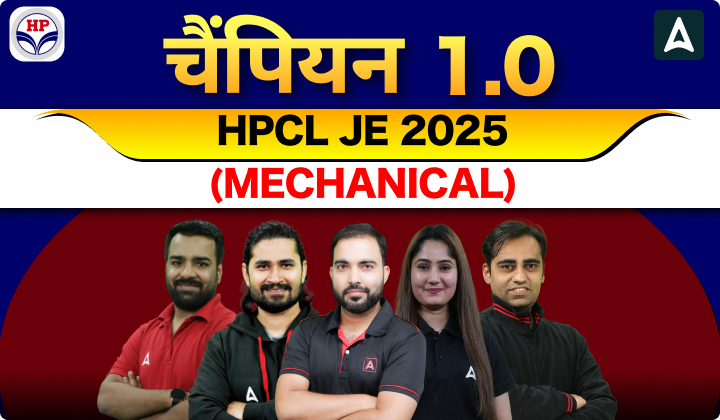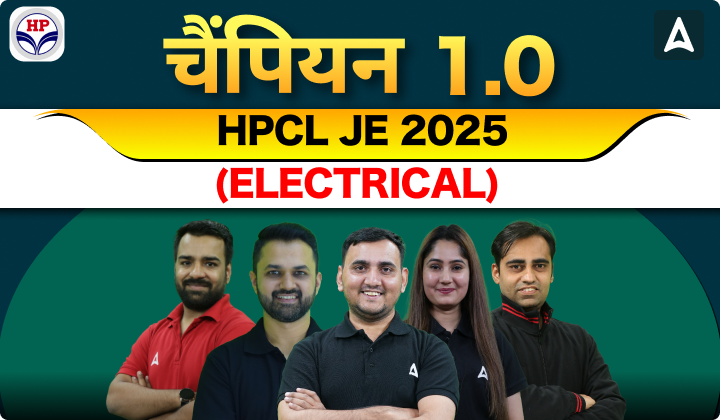IIT Kharagpur has released the GATE 2022 exam dates. As per the GATE 2022 exam date, the exam will be conducted on February 5, 6, 12 & 13. Candidates preparing for GATE 2022 must attempt this Civil Engineering Quiz to boost your GATE exam preparation.
Quiz: Civil Engineering
Exam: GATE
Topic: Miscellaneous
Each question carries 2 marks
Negative marking: 1/3 mark
Time: 20 Minutes
Q1. Two equal angles ISA 100 mm × 100 mm of thickness 10 mm are placed back – to – back and connected to the either side of a gusset plate through a single row of 16 mm diameter rivets in double shear. The effective areas of the connected and unconnected legs of each of these angles are 775 mm² and 950 mm², respectively. If these angles are NOT tack riveted, the net effective area of this pair of angles is
(a) 3650 mm²
(b) 3450 mm²
(c) 3076 mm²
(d) 2899 mm²
Q2. A steady incompressible, two-dimensional velocity field is given by. U = x + y +1; v = x – y -2. The ratio of the co-ordinates (x, y) at the stagnation point is
(a) 0.33
(b) -0.33
(c) 0.5
(d) -0.5
Q3. To find the RL of a roof slab of building, staff reading was taken from a particular set-up of the levelling instrument. The readings were 1.050 m with staff on the Bench Mark and 2.300 m with staff below the roof slab and held inverted. Taking the RL of the Bench Mark as 135.15 m, the RL of the roof slab will be
(a) 129.800
(b) 131.900
(c) 134.400
(d) 138.500
Q4. The normal flows on two approach roads at an intersection are respectively 500 pcu/h and 300 pcu/h. the corresponding saturation flow is 1600 pcu/h on each road. The total lost time per single cycle is 16s. the optimum cycle time by Webster’s method is
(a) 72.5 s
(b) 58.0 s
(c) 48.0 s
(d) 19.3 s
Q5. A fine – grained soil has 60% (by weight) silt content. The soil behaves as semi-solid when water content is between 15% and 28%. The soil behaves fluid-like when the water content is more than 40%. The ‘Activity’ of the soil is
(a) 3.33
(b) 0.42
(c) 0.30
(d) 0.20
Q6. A mild steel specimen is under uniaxial tensile stress. Young’s modulus and yield stress for mild steel are 2 × 10^5 MPa and 250 MPa respectively. The maximum amount of strain energy per unit volume that can be stored in this specimen without permanent set is
(a) 156 N-mm/mm³
(b) 15.6 N-mm/mm³
(c) 1.56 N-mm/mm³
(d) 0.156 N-mm/mm³
Q7. For avoiding the limit state of collapse, the safety of RC structures is checked for appropriate combination of Dead load (DL), Live load (LL) or imposed load, Earthquake load (EL) and wind load (WL). Which of the following load combination is not considered?
(a) 1.5 DL+ 1.5 WL + 1.5 EL
(b) 1.5 DL + 1.5 WL
(c) 1.2 DL + 1.2 LL + 1.2 WL
(d) 0.9 DL + 1.5 WL
Q8. A surface water treatment plant operates round the clock with a flow rate of 35m³/min. the water temperature is 15°C and jar testing indicated an alum dosage of 25 mg/l with flocculation at a Gt value of 4 × 10^4 producing optimal results. The alum quantity required for 30 days (in kg) of operation of the plant is ____________.
(a) 37000
(b) 37200
(c) 37500
(d) 37800
Q9. In a closed loop traverse of 1 km, total length, the closing errors in departure and latitude are 0.3 m and 0.4 m, respectively. The relative precision of this traverse will be
(a) 1: 5000
(b) 1: 4000
(c) 1: 2000
(d) 1: 3000
Q10. The depth of flow in an alluvial channel is 1.6 m. if critical velocity ratio is 1.1 and manning’s (n) is 0.018, the critical velocity of channel as per kennedy’s method is
(a) 0.713 m/sec
(b) 0.784 m/sec
(c) 1.108 m/sec
(d) 0.817 m/sec.
Solutions
S1. Ans.(d)
Sol. When angles are not tack riveted, they will be considered as single angles connected on one side of gusset plate, then net effective area (A_e) ⇒
A_e = (A_1+kA_2 )×2
k=(3A_1)/(3A_1+A_2 ) [Given,■(A_1=775 mm^2@A_2=950 mm^2 )]
=(3×775)/((3×775+950) )
▭(k=0.71)
A_e=(775+0.71×950)×2
▭(A_e=2899 mm^2 )
S2. Ans.(b)
Sol. For stagnation point
|V ⃗ |=0;means u = 0 & v = 0
Now,
u = x + y + 1 = 0 —-(1)
v = x – y – 2 = 0 —–(2)
By solving equation (1) & (2), we get
x =1/2& y= (-3)/2
Now,
x/y=(1/2)/((-3)/2)=(-1)/3= -0.33
S3. Ans.(d)
Sol.

RL of Benchmark = 135.15 m
BS = 1.05 m
FS = -2.30 m (Inverted)
Height of instrument (H.I) = RL + BS
= 135.15 + 1.05
= 136.20 m.
Reduce level of roof slab (RL) = HI – FS
= 136.2 – (-2.3)
= 138.500 m
S4. Ans.(b)
Sol. q_1=500 pcu\/h , S_1 = 1600 pcu/h
q_2 = 300 pcu/h, 〖 S〗_2 = 1600 pcu/h
L = Total lost time = 16 sec.
Optimum cycle time by webster’s method→
C=(1.5L+5)/(1-Σ q/s )
=((1.5×16)+5)/(1-[500/1600+300/1600]
▭(C=58sec.)
S5. Ans.(c)
Sol. Given,
w_L=40%
w_P=28%
Activity (A_T )= ?
% Clay fraction finer than 2μ = 40%
〖Plasticity index (I〗_P) = w_L-w_P
= 40 – 28
= 12%
A_T=I_P/(% Clay fraction finer than 2 μ)
▭(A_T=12/40=0.3)
S6. Ans.(d)
Sol. Given;
E = 2 × 10^5 MPa
σ_y = 250 MPa
U = ?
Strain energy per unit volume is given by →
U=1/2 (σ_y )^2/E
=1/2×(250)^2/(2×10^5 )
=0.156 N-mm\/mm^3.
S7. Ans.(a)
Sol. Earthquake load (EL) and wind load (WL) can never consider simultaneously.
S8. Ans.(d)
Sol. Given,
Q = 35 m³/min
Gt = 4 × 10^4
Alum dose = 25 mg/l
Alum required for 30 days = 35 × 10³ × 60 × 24 × 30 × 25 × 10^(-6)
= 37800 kg
S9. Ans.(c)
Sol.

Given,
ΣD=0.3 , P=1 km.(Perimeter)
ΣL=0.4
Closing error (e)=√((ΣD)^2+(ΣL)^2 )
=√((0.3)^3+(0.4)^2 )
=0.5 m
Relative Precision (Re)=e/p
=0.5m/1km
=1/2000
S10. Ans.(d)
Sol. Given,
Depth (y) = 1.6 m.
Manning’s coefficient (n) = 0.018
Critical velocity ratio (m) = 1.1
Critical velocity (V_O )= ?
Now,
The critical velocity as per Kennedy’s method is given by
V_O=0.55 m y^0.64
=0.55×1.1×(1.6)^0.64
=0.817 m\/sec


 AAI ATC Recruitment 2025 Notification Ou...
AAI ATC Recruitment 2025 Notification Ou...
 AAI ATC Junior Executive Eligibility Cri...
AAI ATC Junior Executive Eligibility Cri...
 Railway SECR Apprentice Recruitment 2025...
Railway SECR Apprentice Recruitment 2025...



















